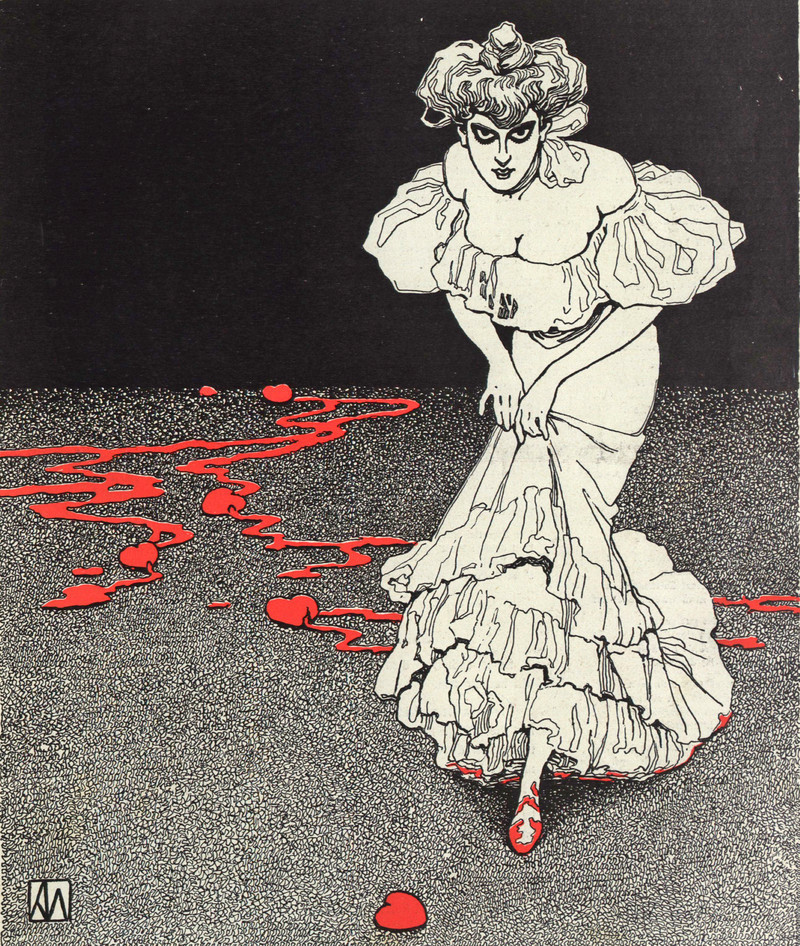
“Art Nouveau – but make it spooky.” That’s Karl Alexander Wilke (1879-1954) in a nutshell. When first we found the Austrian-German illustrator, who carved out his own delightfully eerie corner of Art Nouveau artworks through clever magazines covers and adverts, we were suitably jazzed. Quite frankly, we’re pleasantly slack jawed that some of these babies went to print more than a century ago – we’re talking transcendental worms crawling up your bedpost, ladies whose boots drip blood and half-naked ghouls. Then we found out he was appointed as official illustrator and artistic adviser from 1923 to 1938 within the Austrian Federal Publishing House of the German National Socialist Workers’ Party, aka, the Nazi Party, and we’re shooketh...
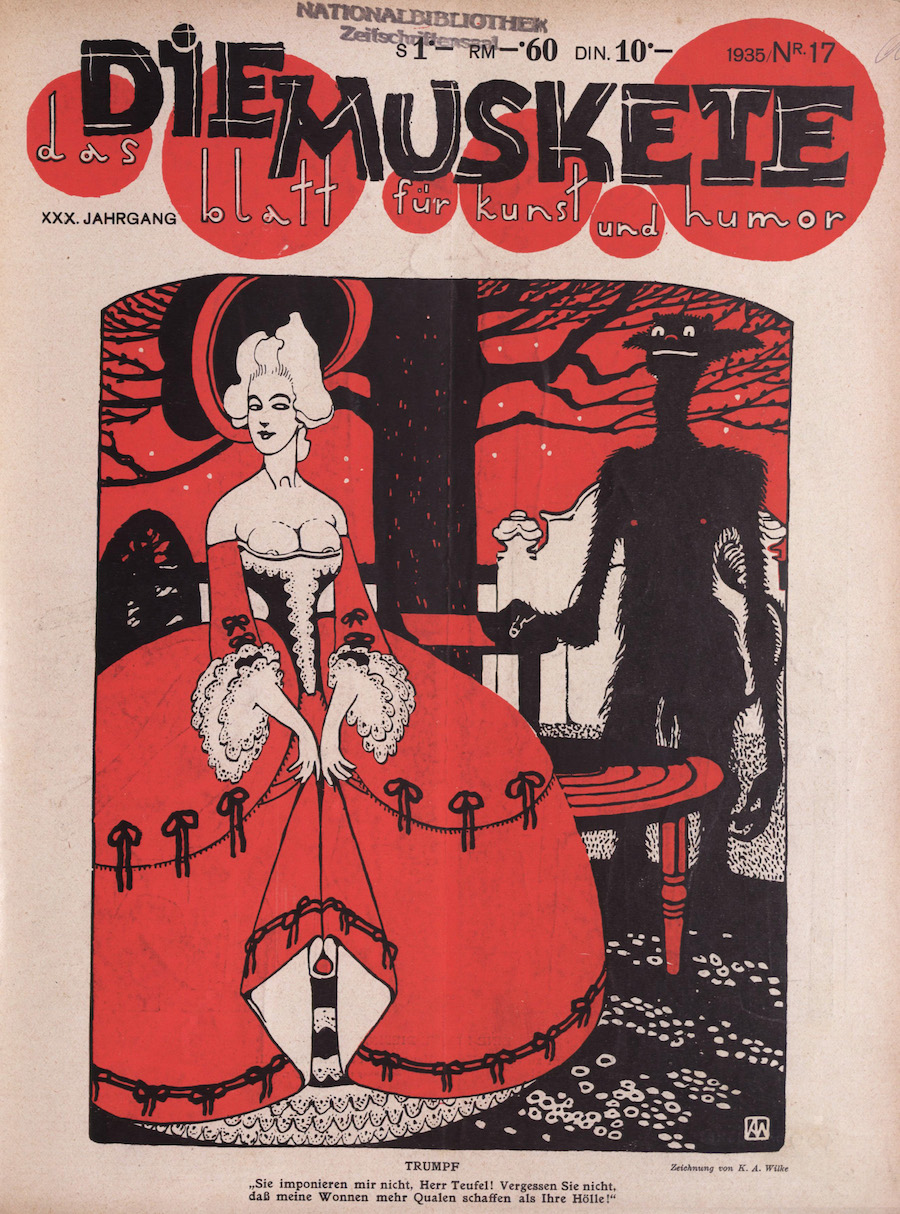
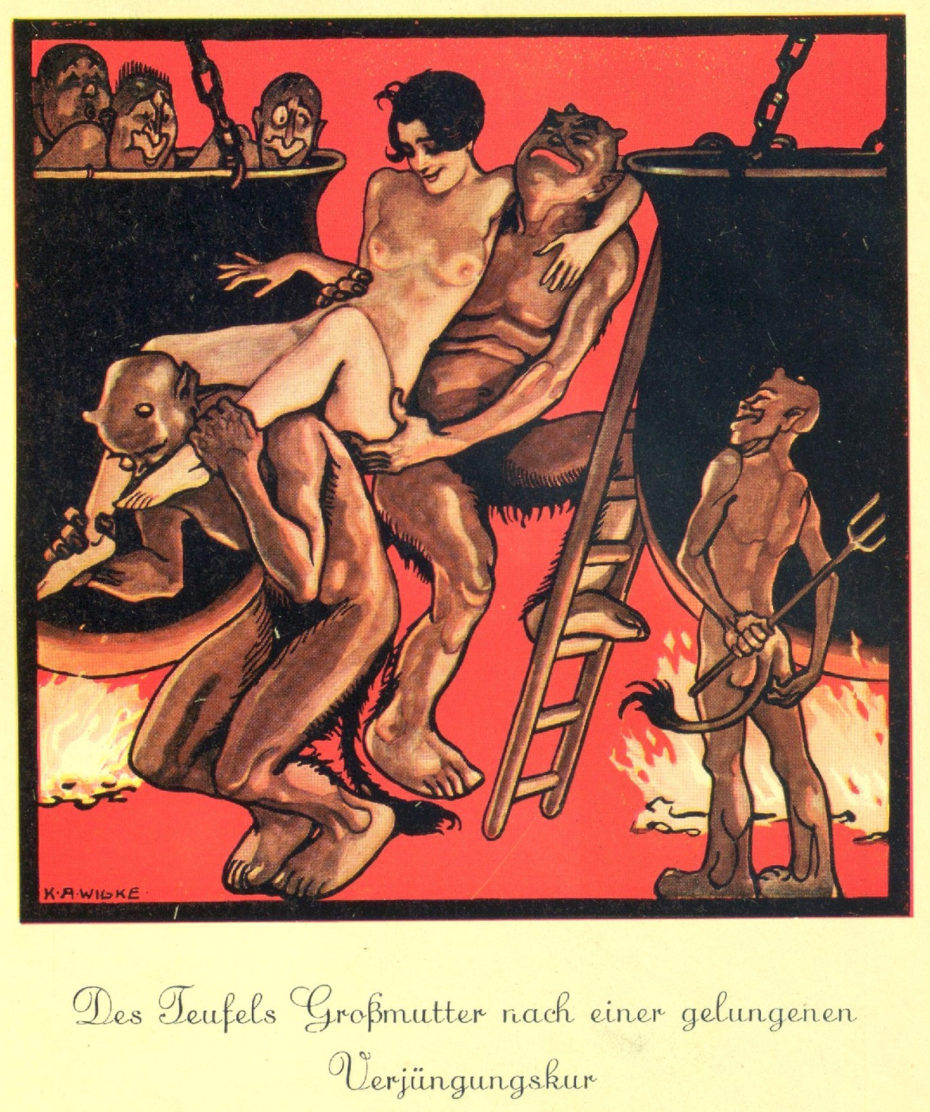
The bulk of Wilke’s work was done for the humorous Viennese magazine, Die Muskete, aka “The Musket” (1905-1941), a publication whose firm commitment to Austrian-ness would’ve made Captain Von Trapp proud. “We want to be Austrian,” declared editor-in-chief Adolf Moßbäck upon the zine’s inception. “Local illustrators, local authors. We will also remain Austrian in our position on the army, to which part of the content is particularly dedicated.” In other words, the magazine contained a lot of far-right war propaganda.
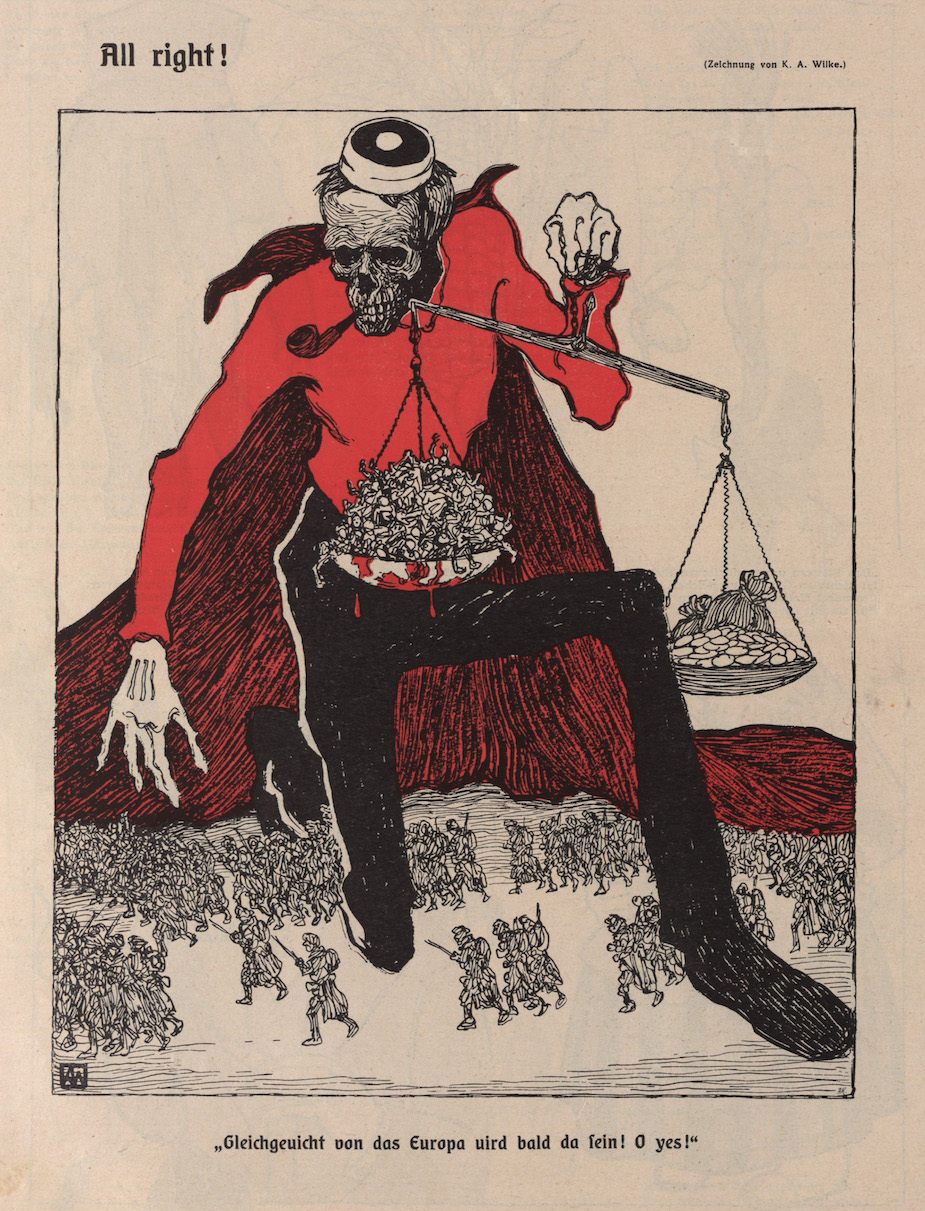
Of course, Europe’s radical intellectuals bore a heavy brunt from WWI (to say nothing of the imminence of Hitler). The flatulently irreverent, clever expression of that sentiment through humour and men’s magazines like Die Muskete would soon become a precious commodity in Austria.

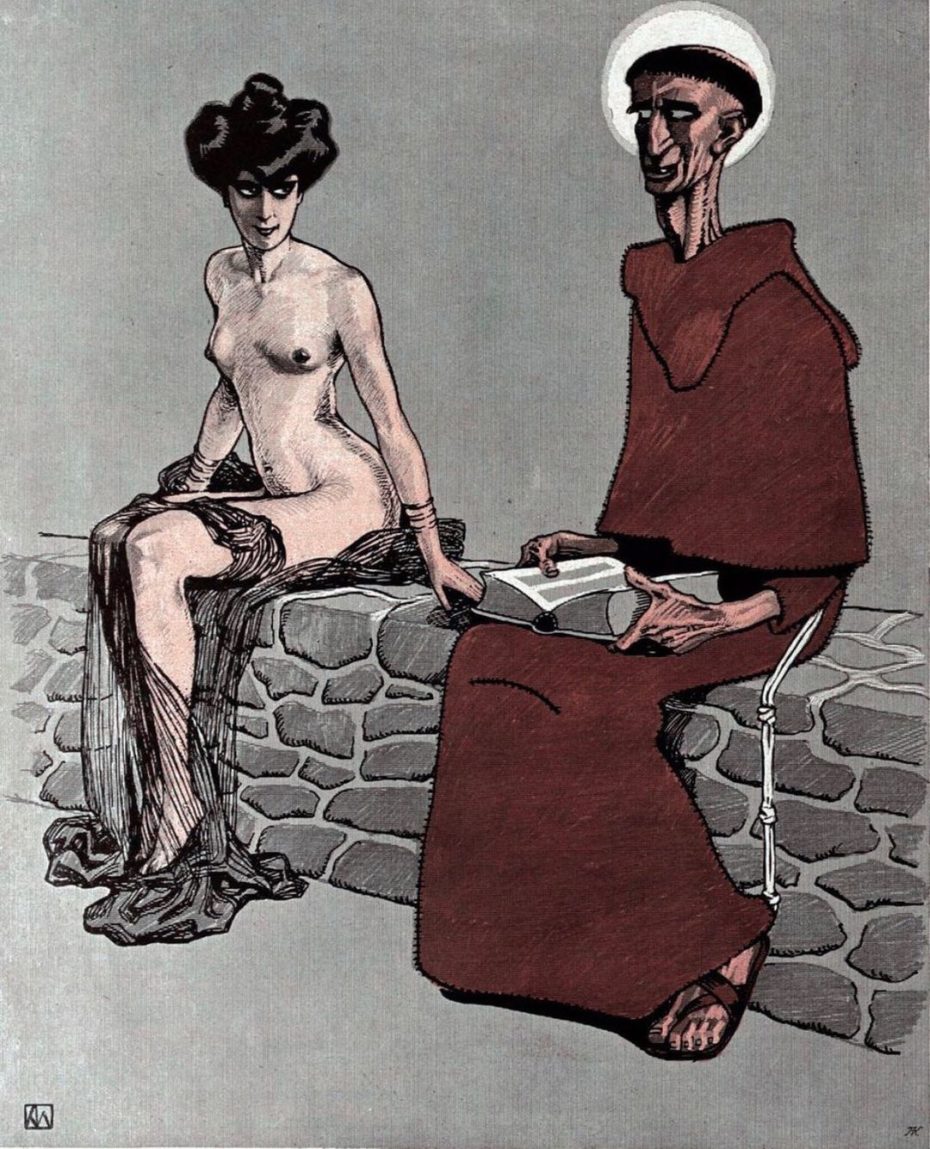
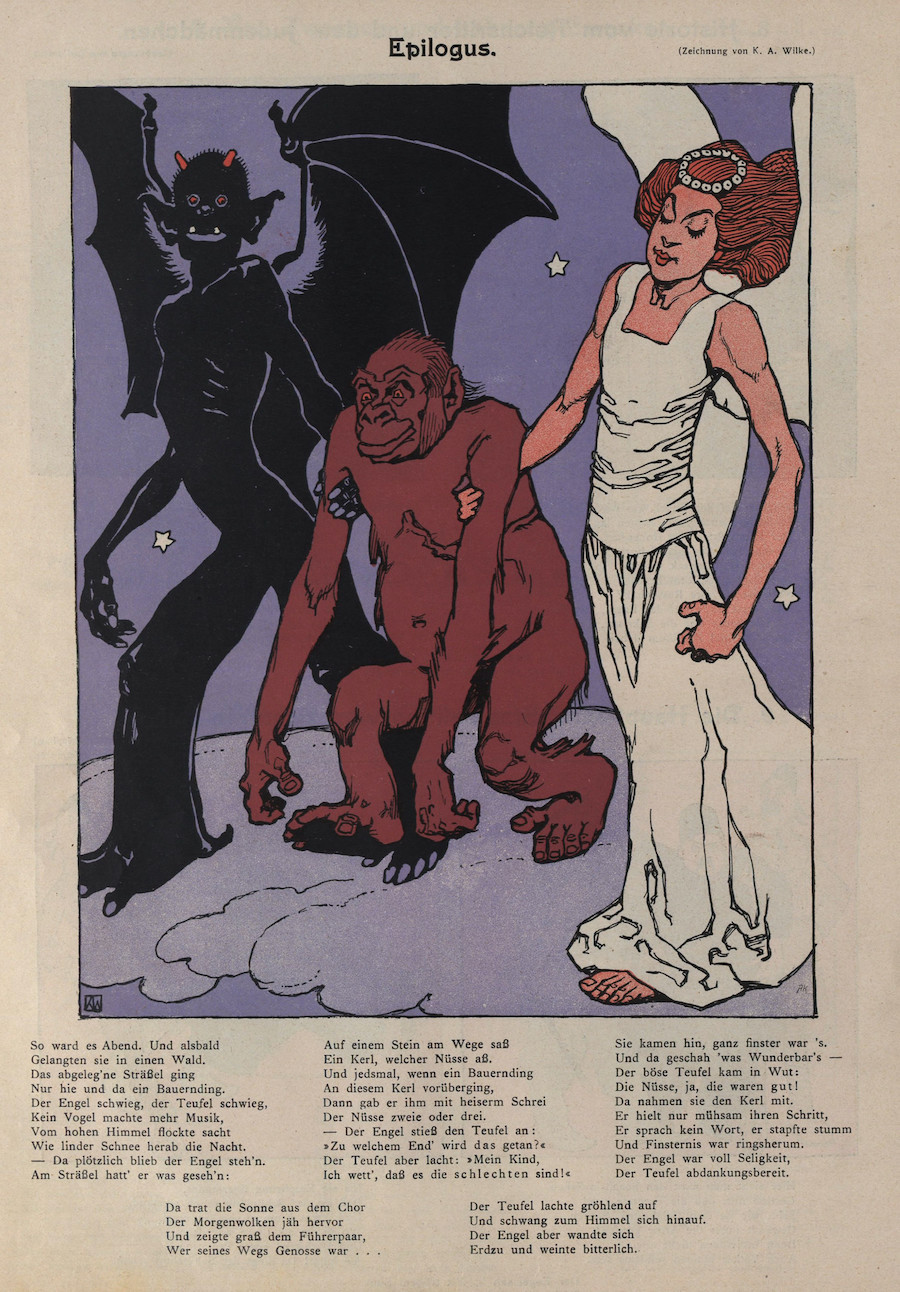
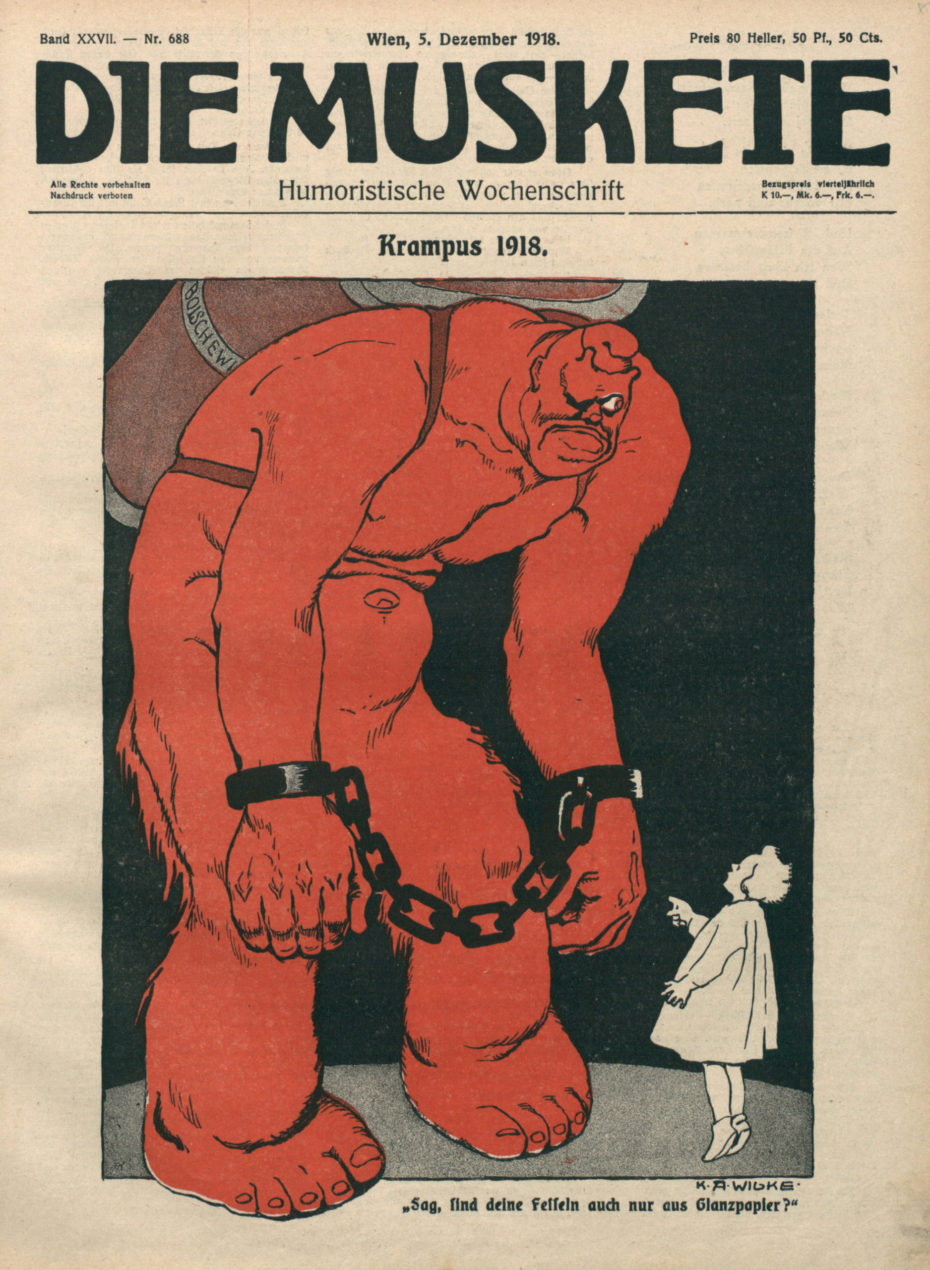
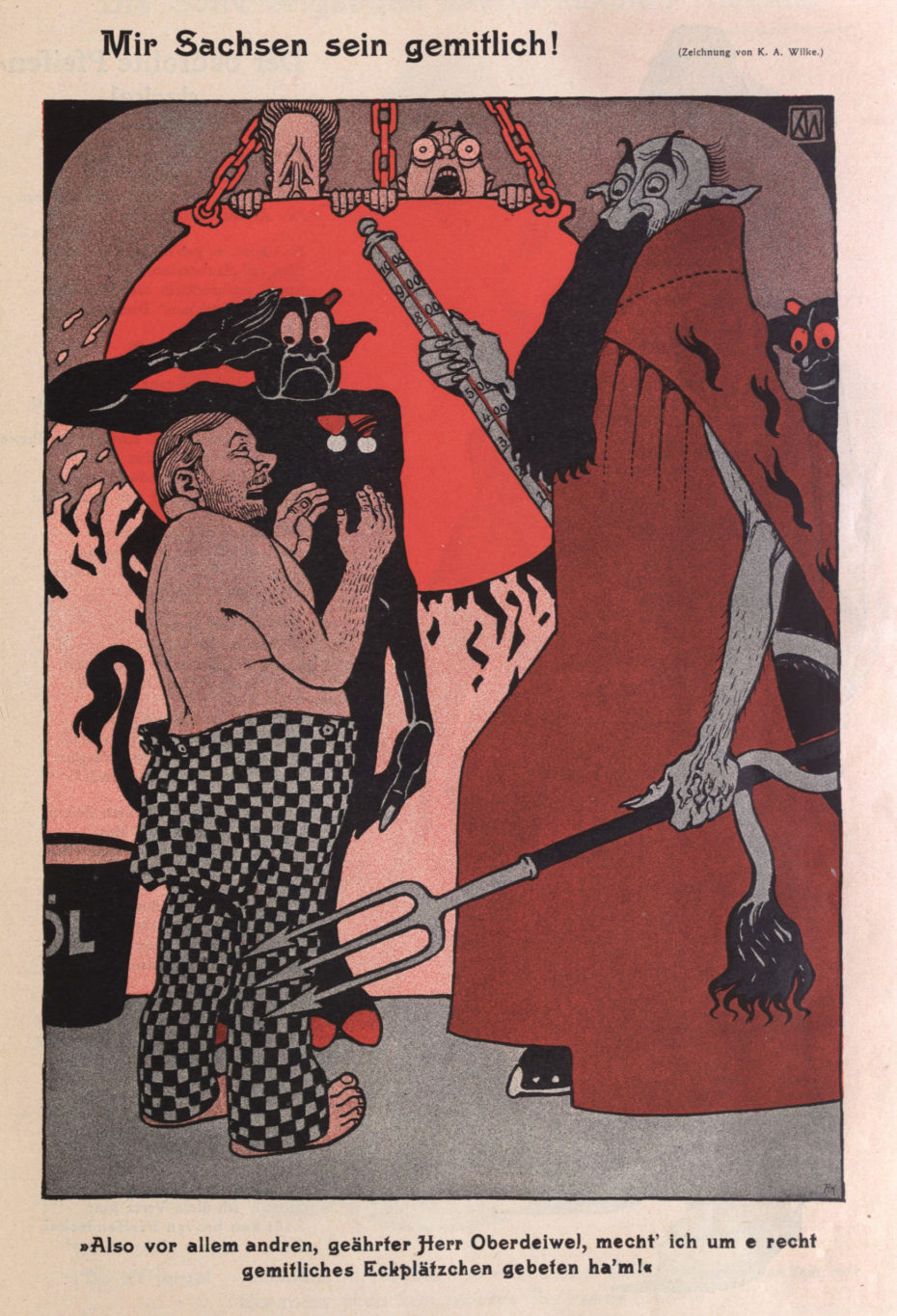
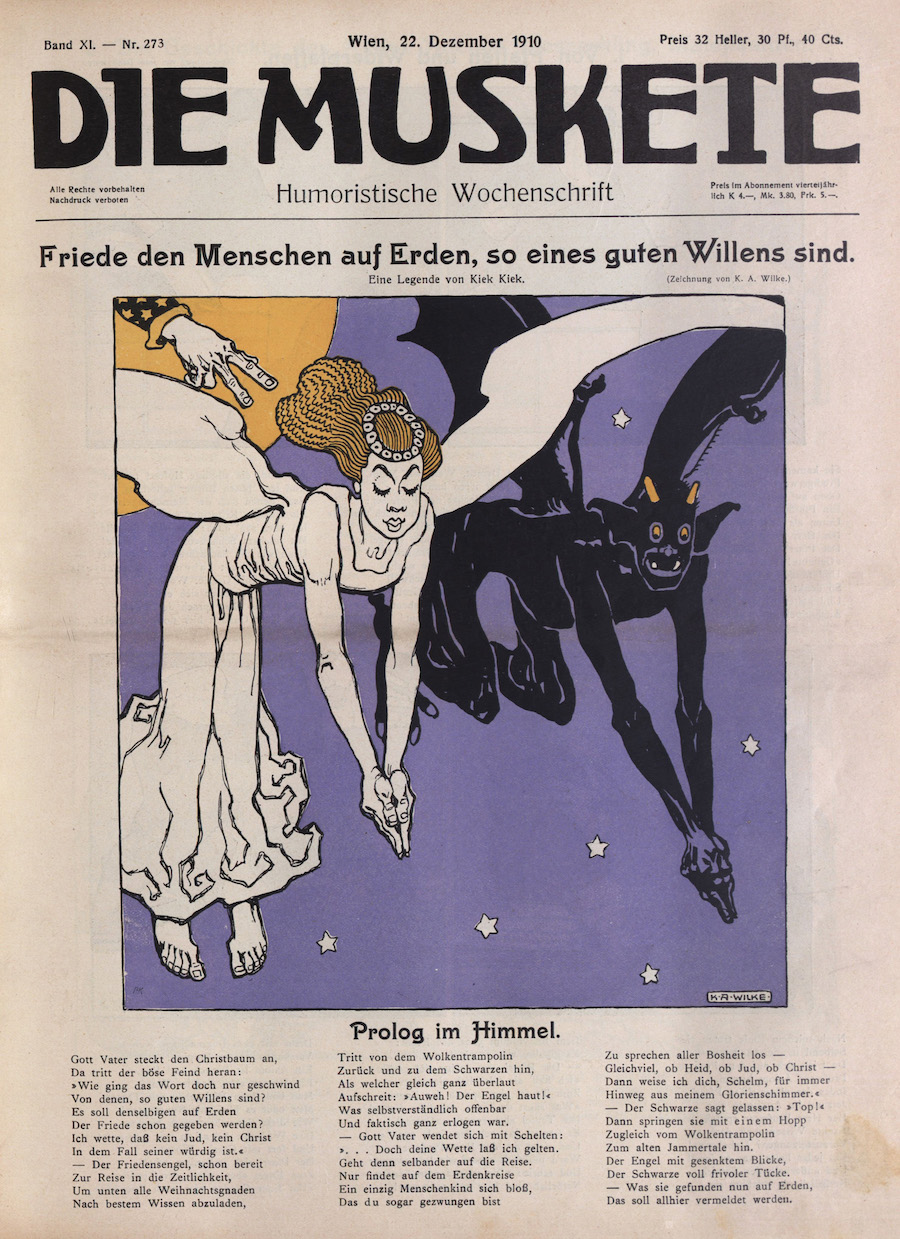
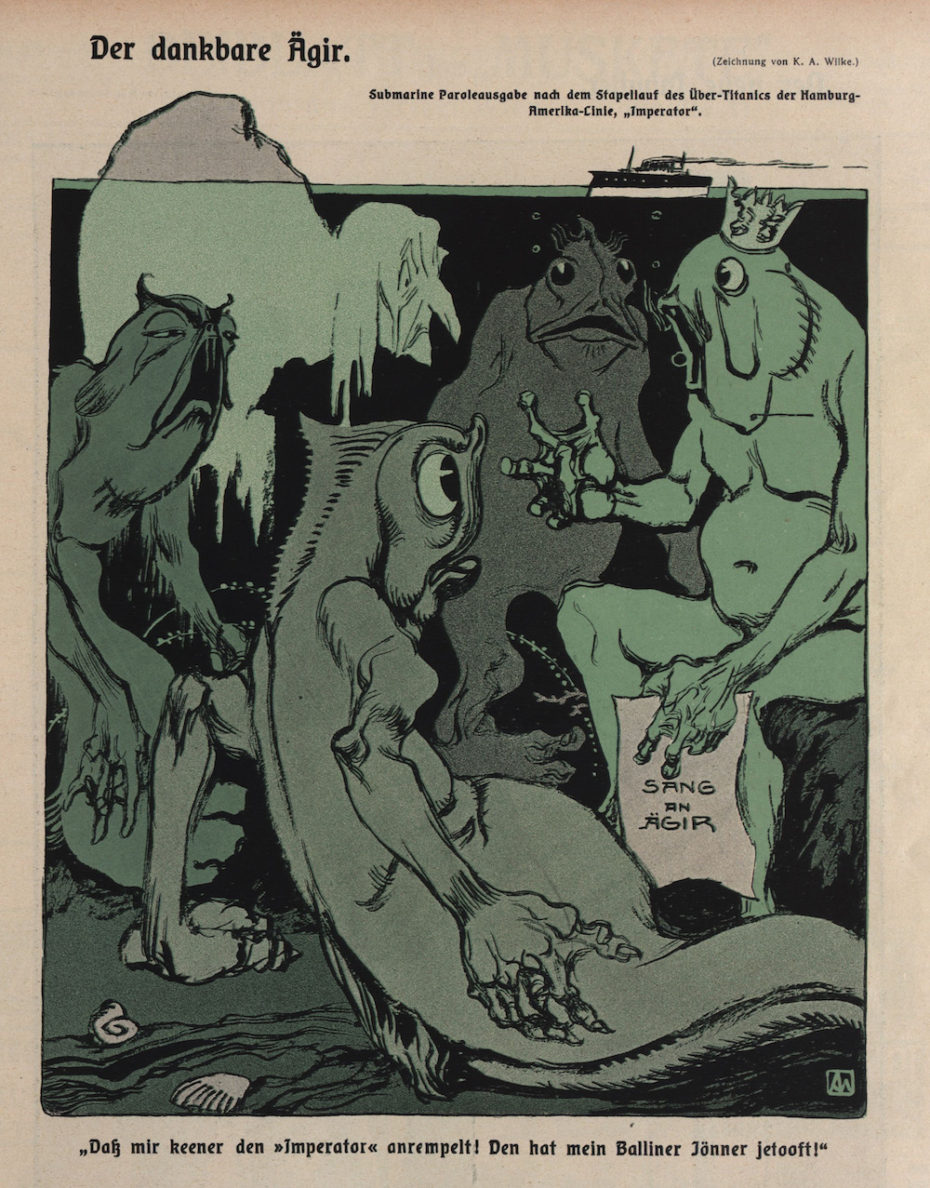
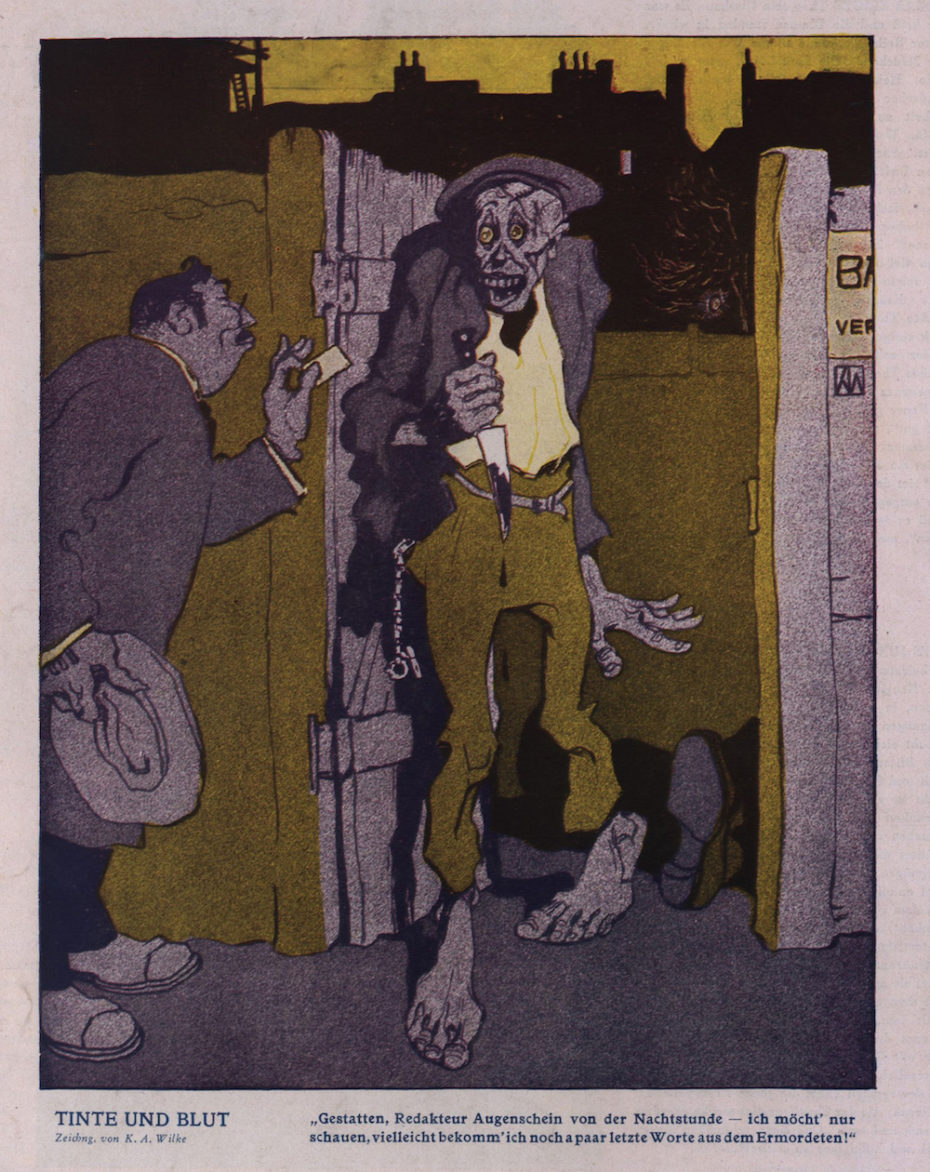
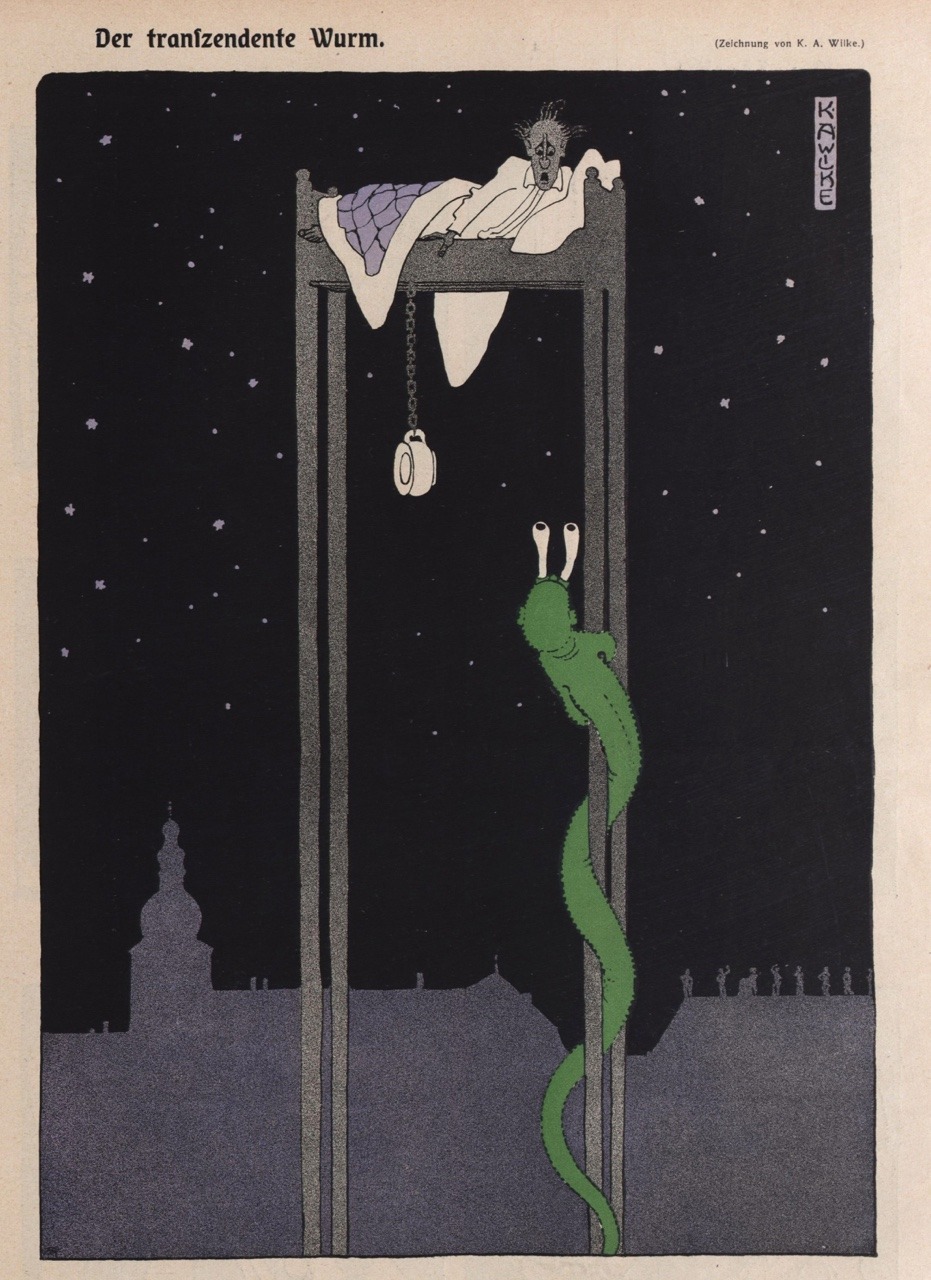
Illustration by Karl Alexander Wilke for Die Muskete. Circa 1910.
Wilke received formal art training at the Art Academy of Leipzig (but we’re guessing no amount formal chops will make you pull a cosmic worm out of your pen). While relatively little is know about the illustrator, we do know he ran with a very bohemian and avant gard crowd – the kind that had been a landmark of the Weimar Republic and that Hitler hated. With a growing campaign against “degenerate art” and the artistic community under threat, Karl’s affiliation with the German National Socialist Workers’ Party, might have been more to do with avoiding persecution under an oppressive regime based on intimidation, murder and control.
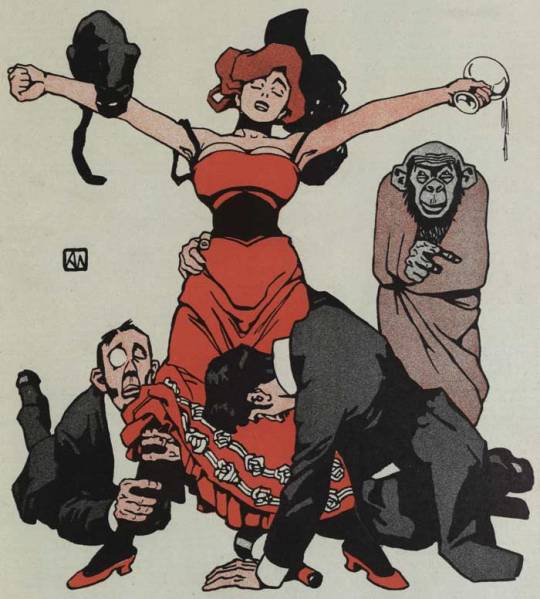
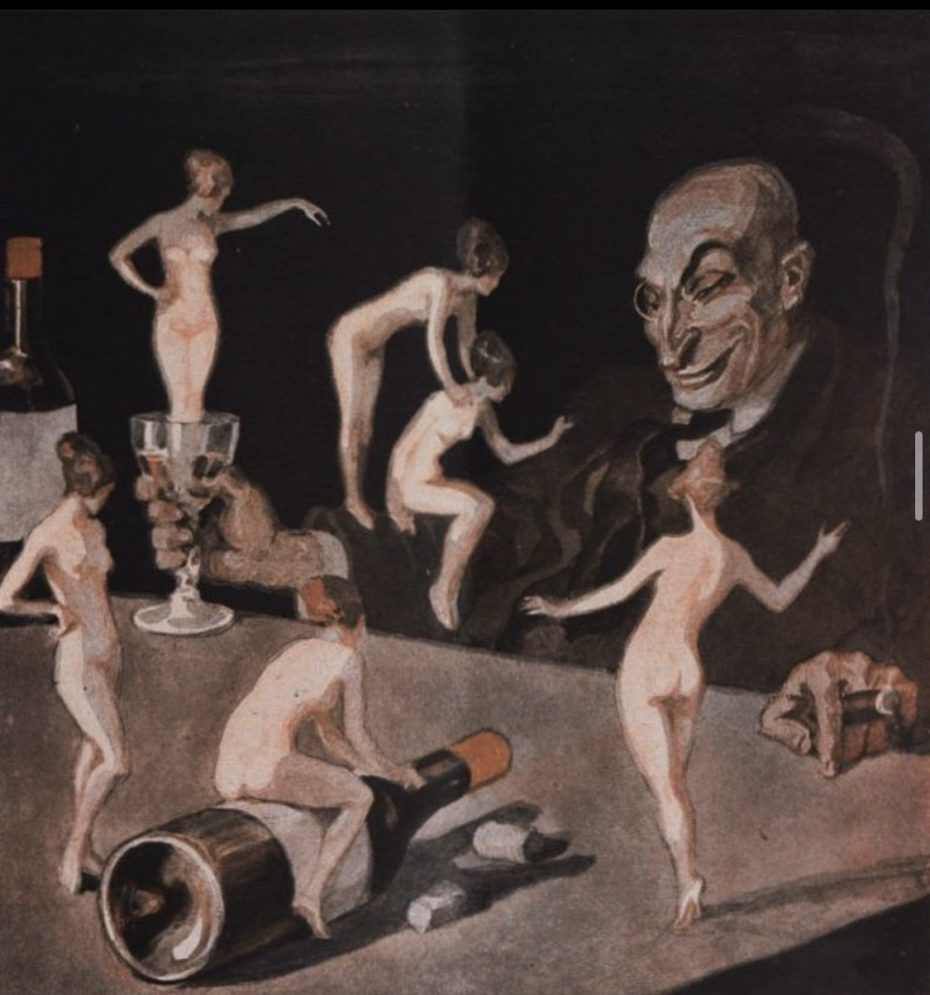
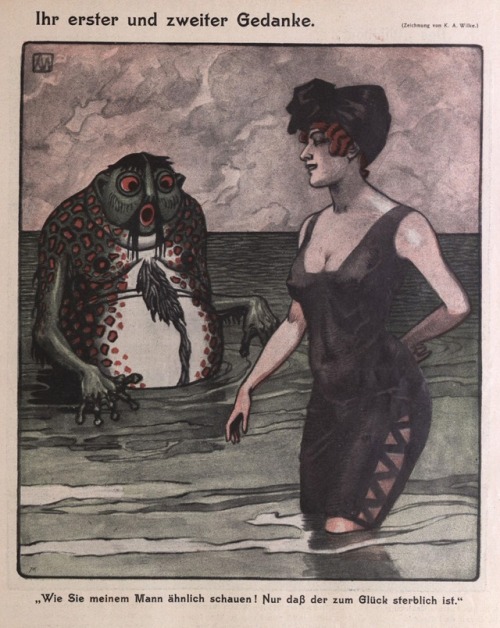
We see a little of Edward Gorey foreshadowed in Karl, some early science-fiction, and a blend of fantasy, flair and otherworldly imagination. Full of ghoulish yet ground-breaking graphics, you can also detect an artist attempting to grapple with the world around him. The darkness of his art perhaps provided a form of therapy to come to terms with the experience and confront the traumas of the first world war, with a second one looming. In the traumatic wake of a once-in-a-century pandemic, perhaps we could all benefit from indulging in a little macabre art therapy this Halloween…
















